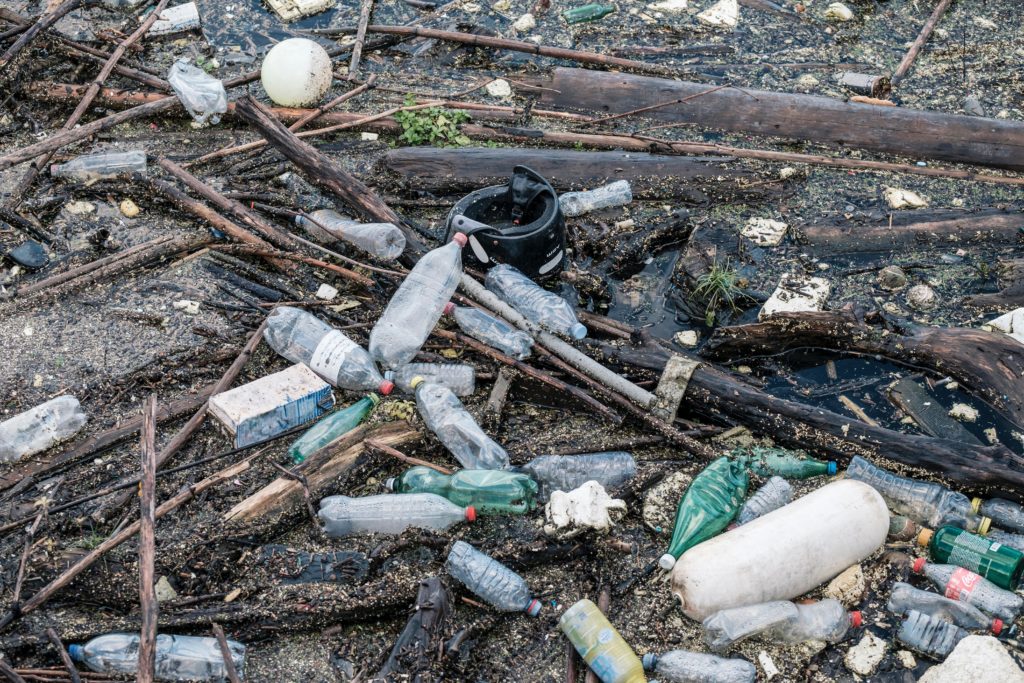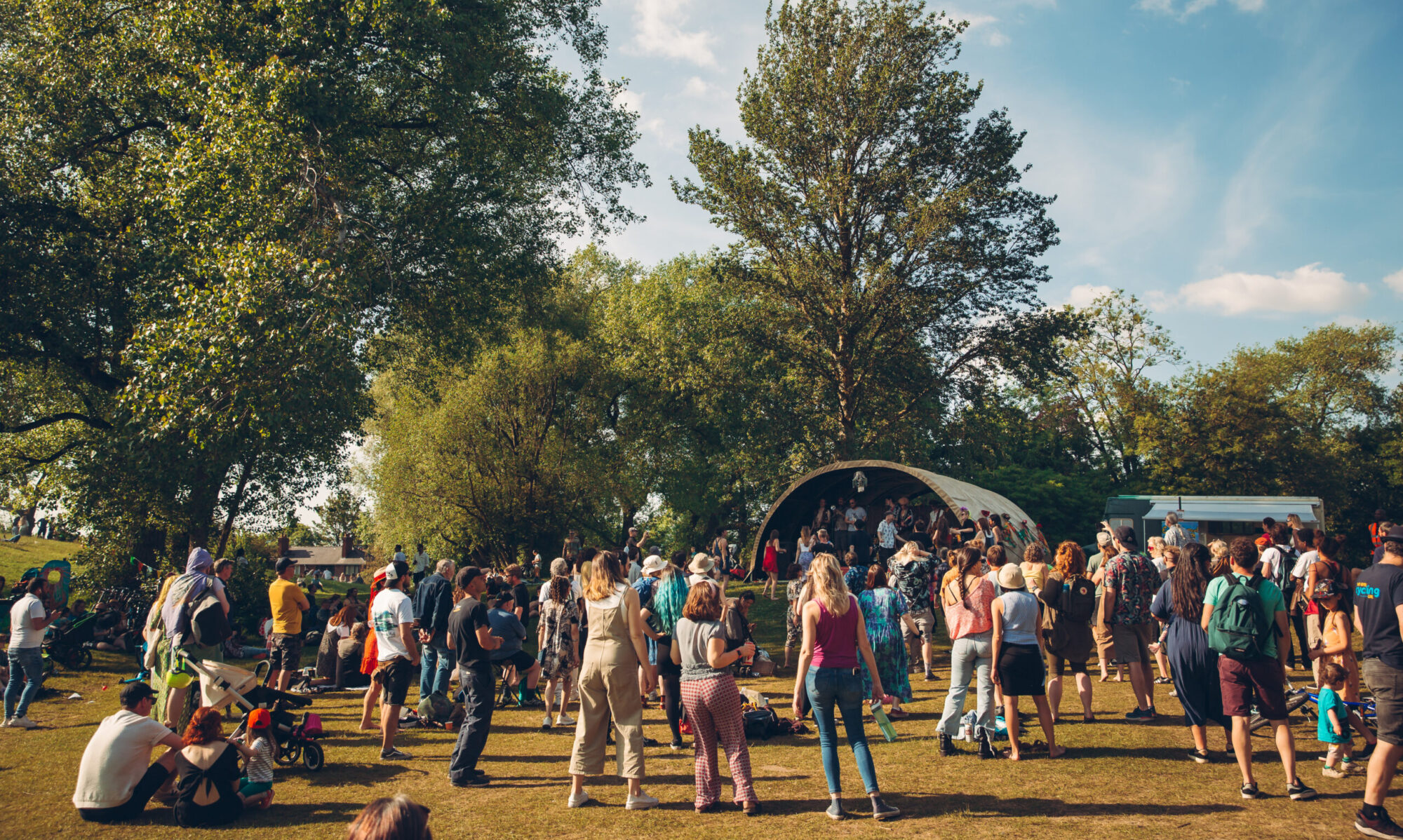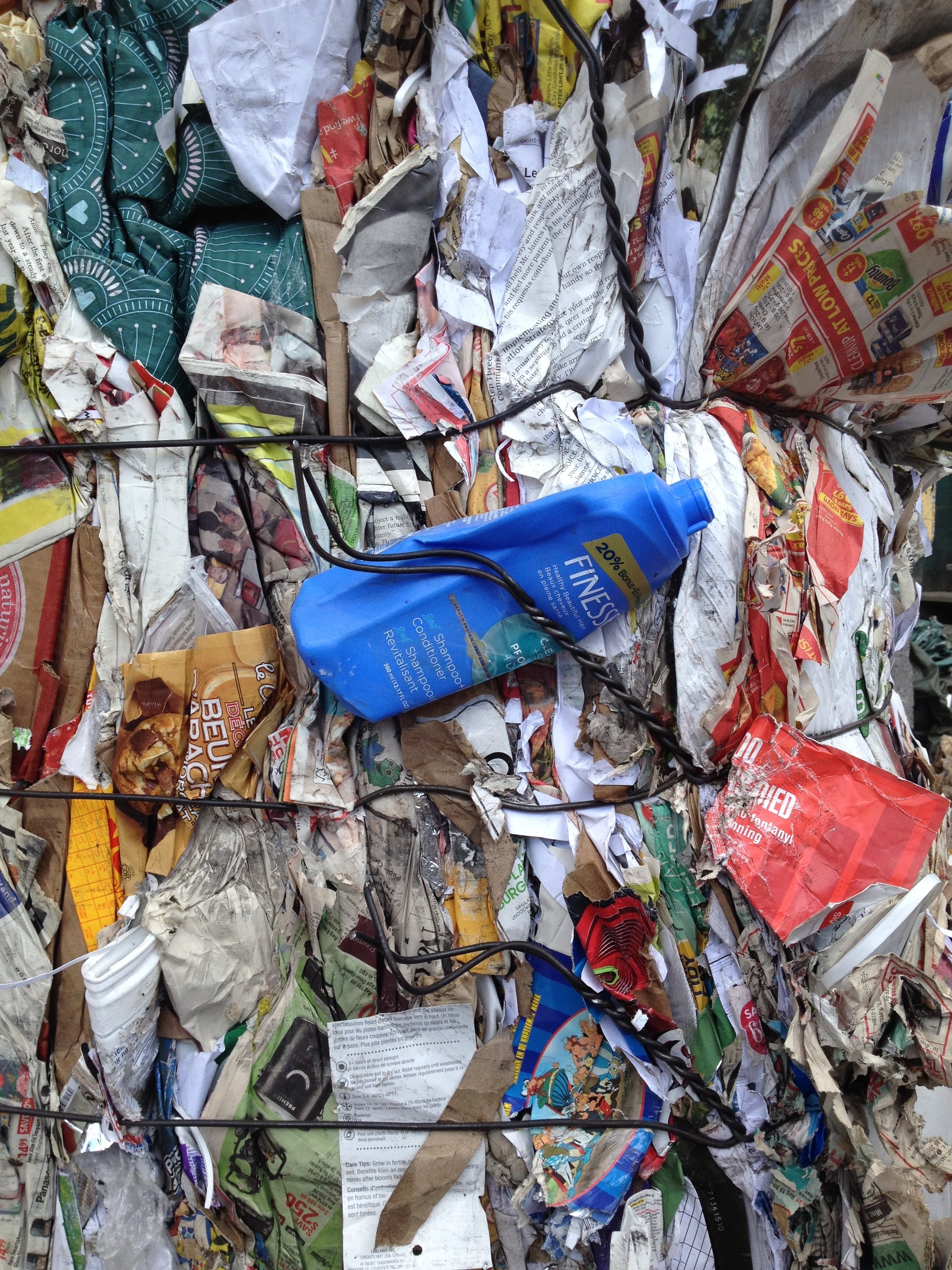Why is plastic bad for the environment? It’s long-lasting, durable, cheap to produce and can be manufactured in to almost any shape or size of product on the planet.
Oh, and it’s ridiculously strong. So why is it such a problem to environmentalists and one of the single biggest contributors to the ever-looming climate catastrophe?
Where do we begin with this one?
The best place to start is at the beginning, and the beginnings of plastic come from crude oil.
Then there’s the amount that is produced, in particular, in single use items such as plastic drinks bottles, carrier bags, drinking straws and single use, plastic cutlery used in takeaways and containers for toiletries or cleaning products.
Then, at the end of its use the amount of plastic that is disposed of, often irresponsibly, that makes its way in to our oceans and animal feeds.
And, if plastic does finally make its way to a recycling centre, there’s only a limited amount of plastic that is actually recyclable, the rest goes to landfill; and this takes hundreds of years to decompose, if at all.
So, you want to know more about why plastic is bad for the environment? Read on here!
How is plastic made?
Plastic is made from petroleum, or more accurately oil, which means that for every piece of plastic produced, this is depleting the natural oil supplies, in fact, around 10% of global oil supplies goes on producing plastic.
Plastic is also made from natural gases, so considering there is almost 300 million tonnes of plastic produced globally each year, the amount of energy used in the extraction of the raw materials, the disruption of local eco-systems, the energy used to process these materials in to the finished products, plus finishing techniques including dying and printing, the impact on the environment is astronomical.
Where do we use plastic?
There are a wide variety of different plastics being produced, the most common ones are listed here, and you will find plastic used literally everywhere in our daily lives.
In our homes and the construction industry with items such as PVC windows and doors, in car manufacturing, in food and drinks packaging, toiletries, detergents, agriculture, gardening products, even clothing, accessories and stationery; not to mention the machinery that goes in to producing all of these items.
The list is endless for where we use plastic, and as we’ve already mentioned, one of the biggest culprits contributing to the climate catastrophe is single use plastic.
There has been a fight back in recent years against single use plastic, including the retail sector introducing a charge for plastic carrier bags, bars and restaurants switching from plastic straws to paper ones, (although this is not always the answer), and the return to the good old fashioned milk man with reusable glass bottles.
There has also been a significant endorsement from the highly regarded naturalist David Attenborough in the fight against single use plastic with what has become known as the ‘Blue Planet effect’, which brought the effects of single use plastic on our oceans and animals in to our living rooms earlier this year with the critically acclaimed T.V show.

Where does plastic end up?
According to the Plastic Free Challenge, globally only 10% – 13% of all plastics are recycled, and in the UK, we are just as guilty of not recycling as much as we should. This is largely down to a lack of provision of recycling centres by local authorities and, thanks to the confusion over what is ‘good plastic’ for recycling and what is not, a lack of confidence on behalf of the consumer.
So, what happens to all of our plastic waste?
Well, it may cause shock and dismay, but the reality is that a large quantity of our plastic waste is shipped overseas.
In fact, almost two thirds of waste plastic in the UK is sent abroad; one of the main recipients being China. Although in 2018 China effected a ban on imports of waste products, meaning countries such as Malaysia, Turkey, Poland, Indonesia and Vietnam increased their capacity.
Of course, all of this waste going overseas is causing a massive problem for our oceans and marine wildlife. Pictures of turtles and dolphins swimming amongst huge amounts of illegally dumped waste is commonplace, with many dying as a result of swallowing plastic bags that are mistaken for food.
And approximately one million seabirds have died as a result of ingesting plastic, with the figures continuing to rise.
How can we safely dispose of plastic?
This is a tough one, because there really is no safe way to dispose of plastic. If it doesn’t end up polluting our oceans and rivers and does makes its way to landfill, it can take up to 1000 years for it to decompose!
And when somebody next asks you, ‘why is plastic bad for the environment?’ Remind them of the headlines that the UN have reported we have only 12 years left to reverse the unimaginable damage to the planet the human race is creating.
So here at Envirolution HQ we believe the best way to deal with the plastic crisis is to remember the simple mantra reduce, recycle, reuse and refuse.
If we all commit to reducing our use of single use plastic by changing our purchasing habits, and doing our best to recycle where we can, it will make a difference. We can also look at ways of reusing plastic in creative ways and simply refusing to use companies who are not committed to the reduction of plastic in their business model.
Contact Us
So, the evidence is pretty clear as to why plastic is bad for the environment and is one of the biggest contributors to climate catastrophe, but there is hope and we can all do something about it.
If you have any fabulous ideas you would like to share about how to reuse plastic or you would like to know more about our campaigns you can contact us here we are always happy to hear from environmental campaigners, whether you are just starting out or you are a seasoned crusader, there is no time like the present to get involved! And if you interested in visiting us at our Festival next year, there will be loads of great recycling ideas on display and a chance to get involved with like minded organisations, dedicated to making a difference.

